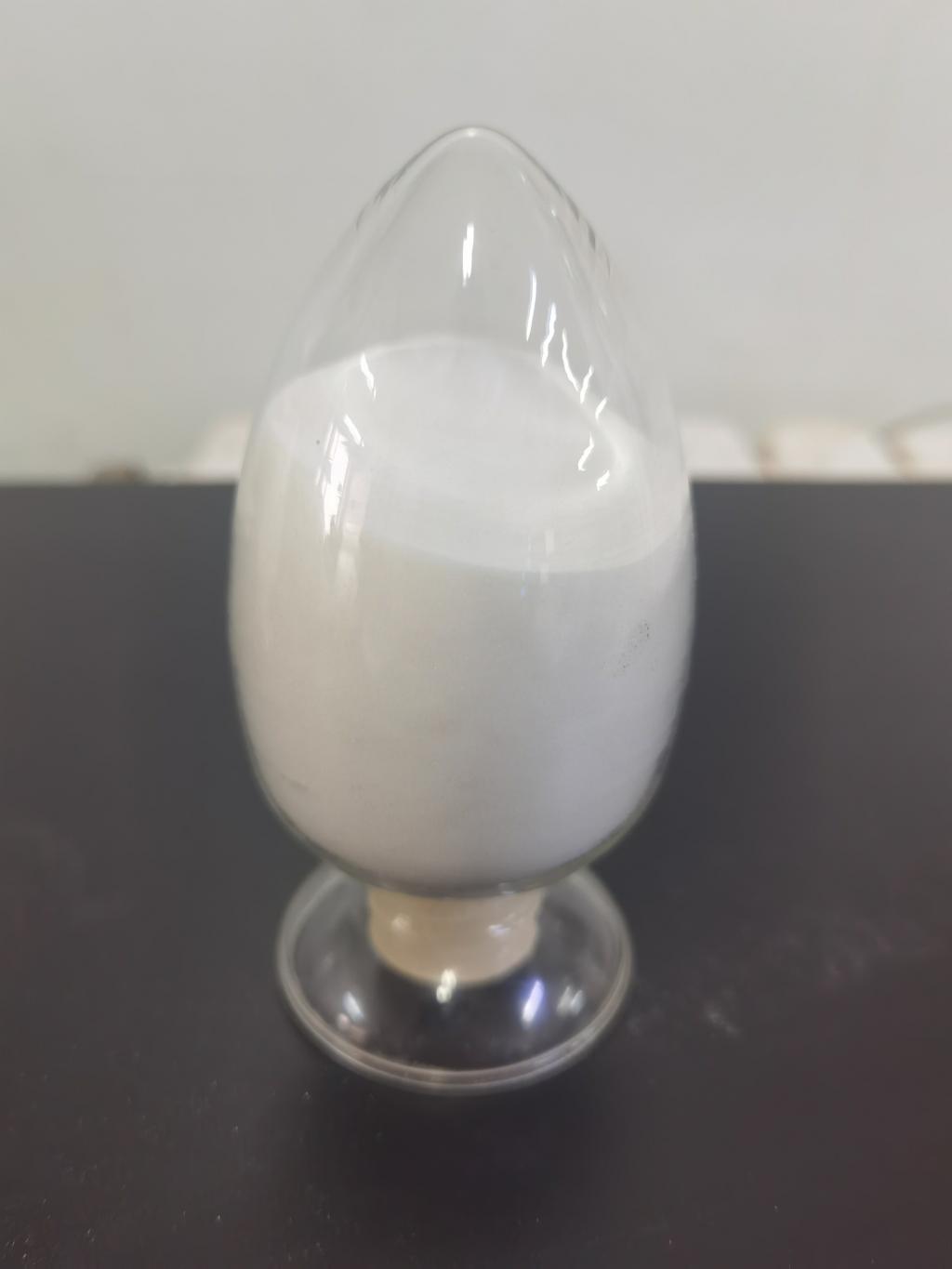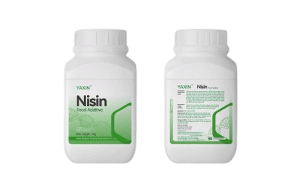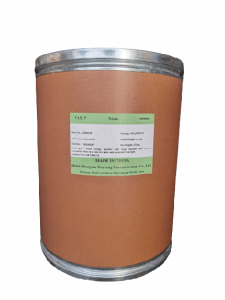Tel:+8618231198596

News
 CONTACT
CONTACT
 CONTACT
CONTACT
- Linkman:Linda Yao
- Tel: +8618231198596
- Email:linda.yao@dcpharma.cn
- Linkman:CHARLES.WANG
- Department:Overseas
- Tel: 0086 0311-85537378 0086 0311-85539701
News
ε-Polylysine Hydrochloride Natural Approach to Reducing Antibiotic Resistance in Food Chains.
TIME:2023-11-01
1. Introduction
The overuse of antibiotics in food production and processing has exacerbated antibiotic resistance, posing a significant threat to both human health and the food industry. ε-Polylysine hydrochloride, an antimicrobial biopolymer derived from natural sources, presents an alternative approach to combating antibiotic resistance. This article explores how ε-polylysine hydrochloride offers a sustainable solution for the food industry.
2. ε-Polylysine Hydrochloride: Nature's Antibiotic
This section provides an in-depth introduction to ε-polylysine hydrochloride, elucidating its natural sources, production methods, and historical usage. Understanding the natural origin of this biopolymer is essential to appreciate its potential in reducing antibiotic dependence.
3. Mechanisms of Action
A thorough understanding of ε-polylysine hydrochloride's mechanisms of action is crucial. This section delves into the various ways in which this biopolymer combats microbial contamination, including its interactions with cell membranes and the inhibition of microbial growth.
4. Applications in the Food Industry
ε-Polylysine hydrochloride's diverse applications in the food industry will be explored. Case studies and experiments will illustrate its effectiveness in extending the shelf life of food products, reducing microbial contamination, and ensuring food safety.
5. Mitigating Antibiotic Resistance
This section delves into how ε-polylysine hydrochloride can contribute to mitigating antibiotic resistance in the food chain. The reduction of antibiotic usage and the preservation of the effectiveness of antibiotics for human health will be discussed.
6. Safety and Regulatory Considerations
Ensuring the safety and regulatory compliance of ε-polylysine hydrochloride is of paramount importance. This section will examine its safety profile, toxicological studies, and regulatory approvals for use in the food industry.
7. Challenges and Considerations
While ε-polylysine hydrochloride presents numerous benefits, it is not without its challenges and considerations. Factors such as dosage optimization, compatibility with various food products, and consumer acceptance will be addressed.
8. Synergies with Other Natural Antimicrobials
The potential synergies of ε-polylysine hydrochloride with other natural antimicrobial agents will be discussed, highlighting how the combination of natural resources can enhance the overall efficacy of antimicrobial strategies in the food industry.
9. Future Prospects
The future of ε-polylysine hydrochloride in the food industry, with a focus on mitigating antibiotic resistance, will be explored. Emerging technologies, research directions, and innovations that may further enhance the use of ε-polylysine hydrochloride for ensuring food safety and combating antibiotic resistance will be examined.
10. Conclusion
In conclusion, ε-polylysine hydrochloride emerges as a natural and sustainable approach to reducing antibiotic resistance in the food industry. Its natural origin, mechanisms of action, and diverse applications make it a valuable candidate in the fight against antibiotic-resistant pathogens while ensuring food safety and quality. As research continues to evolve, and as the food industry increasingly embraces sustainable and environmentally friendly solutions, ε-polylysine hydrochloride will play a crucial role in safeguarding public health and the future of food production.
- Tel:+8618231198596
- Whatsapp:18231198596
- Chat With Skype







